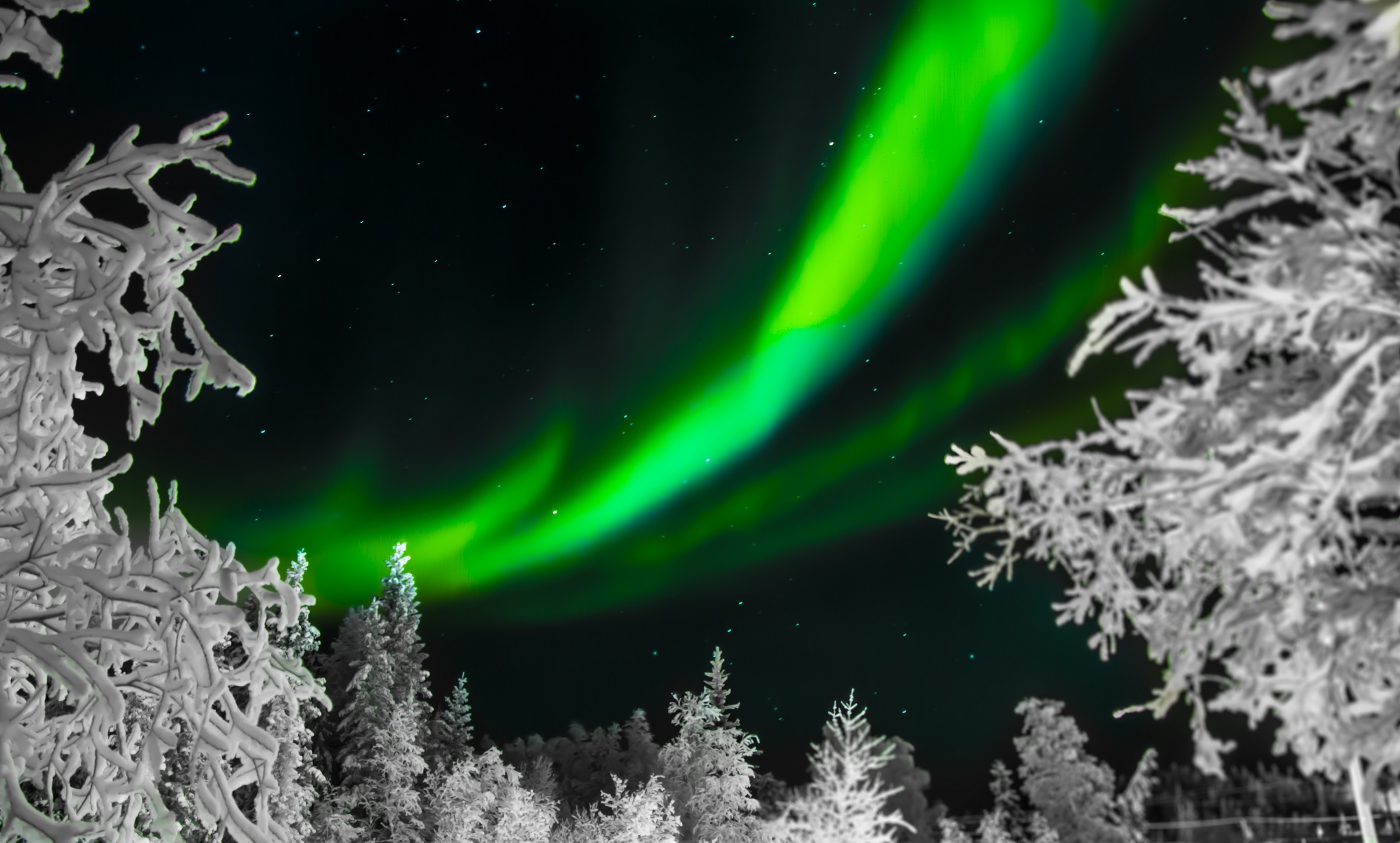
Ædeos
The Evergreen Garden we called it for generations, for the sensations and shapes, and forms bloomed generously and withered silently. But Tæn-ĭ-Sáveni, ventured to this world for millenia, witnessing the summer and fall of Tanitris, the City of Æterial Form. They called it Ædeos - the True World.
Ædeos has 40 Weavers of Form
© 2020-2024 Angantyr Orliński. All rights reserved. Images © Angantyr Orliński unless stated otherwise.
